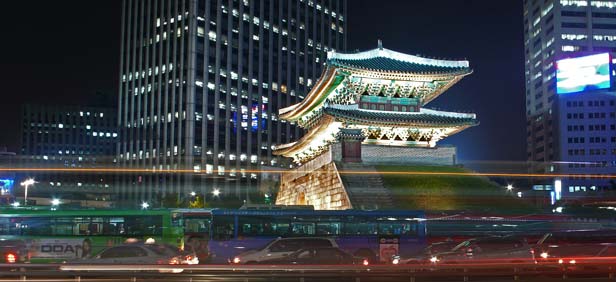Gender Discrimination in Korea
Overview
Due its rapid industrialization from the 1960s to the 1990s, Korea now ranks as one of the world's top fifteen economies (International Monetary Fund 2010), resulting in a rapid increase in the number of professional positions within Korean businesses. Nevertheless, Korean females continue to be marginalized in leadership and decision-making contexts, with limited employment opportunities in middle and upper management or executive or boardroom positions (Siegel et al. 2011; World Bank 2007). The female labor force participation rate jumped from 39.3% in the 1970s to 50% in 2008, decreasing slightly to 49.2% in 2011. Recent research demonstrates greater profitability for firms that employ women in higher level positions in Korea, but their overall employment rate is 10% below that of key advanced nations (Werner, Devillard, and Sancier-Sultan 2010). A noticeable wage gap exists between comparably educated men and women who perform the same jobs (Cho, Kwon, and Ahn 2010; Jones and Tsutsumi 2009). Sex-segregation is more predominant in traditional societies than in advanced nations in educational levels, fields of study, and occupational segregation (Buchman, Kriesei, and Sacchi 2010; Yukongki and Rowley 2006; Yukongdi and Benson 2006; Ahn 2006).
Gender Discrimination
Understanding of Gender
Discrimination
Korean Gender Discrimination In Wage Gap
1960s, excepting the years following the financial crisis in late 1997, the economic status of women in the labour market has been greatly enhanced in many respects. For the period 1963–2002, the labour force participation rate of women increased from 37.0% to 49.7%, raising women’s share in the total labour force from 34.4% to 41.3%. On the qualitative side, the share of college graduates in the women’s labour force soared from 2.6% to 20.7% between 1980 and 2002, reducing the disparity with the men’s ratio, which tripled from 9.2% to 29.5% during the same period. For the younger age groups, however, this gender gap ineducational attainment is far less apparent. Top hierarchical occupations such as professionals and technicians are less likely to be affected by gender discrimination, whereas occupations such as production workers and sales/service workers are most susceptible to gender discrimination in all industrial sectors.
http://www-tandfonline-com.ezproxy.library.ubc.ca/doi/pdf/10.1080/1016873042000299990
Korean Culture and Gender
Feminism In Korea
Korean Female President
Discrimination in Modern Society
Today's Korean Society and Gender Role
Modern Korean Society and Issues
References
http://www-tandfonline-com.ezproxy.library.ubc.ca/doi/pdf/10.1080/1016873042000299990
http://search.proquest.com.ezproxy.library.ubc.ca/docview/304492670?pq-origsite=summon
http://www.jstor.org.ezproxy.library.ubc.ca/stable/10.5325/korelangamer.19.1.0127?pq-origsite=summon
http://search.proquest.com.ezproxy.library.ubc.ca/docview/1370701810?pq-origsite=summon&accountid=14656
http://www.sciencedirect.com.ezproxy.library.ubc.ca/science/article/pii/S0277539509000259
http://web.b.ebscohost.com.ezproxy.library.ubc.ca/ehost/pdfviewer/pdfviewer?sid=fdfe382f-04e1-40e4-af4a-e6339b2108b8%40sessionmgr113&vid=1&hid=102
http://isw.sagepub.com.ezproxy.library.ubc.ca/content/59/1/99.full.pdf+html
http://booksandjournals.brillonline.com.ezproxy.library.ubc.ca/content/journals/10.1163/15685314-04303003
http://www.dbpia.co.kr.ezproxy.library.ubc.ca/Journal/PDFView?id=NODE02428727

